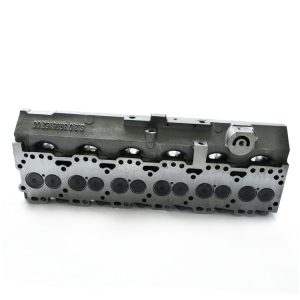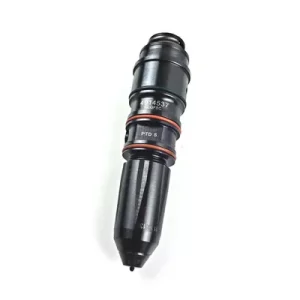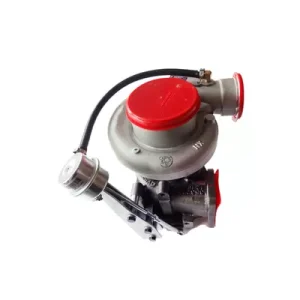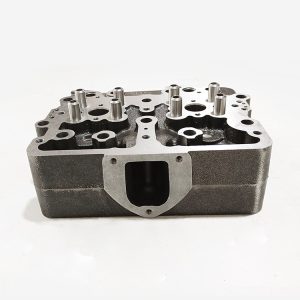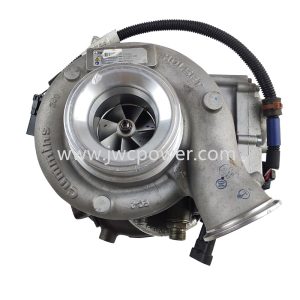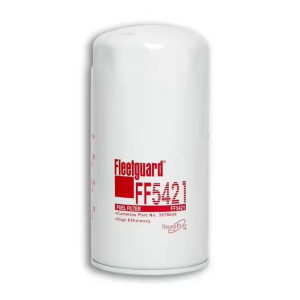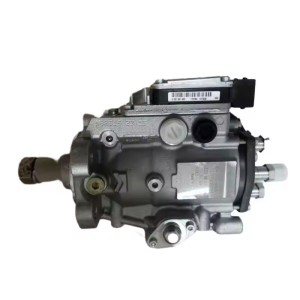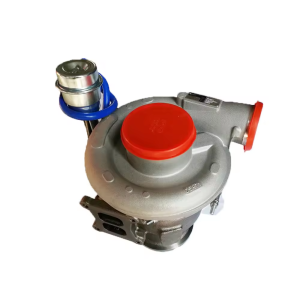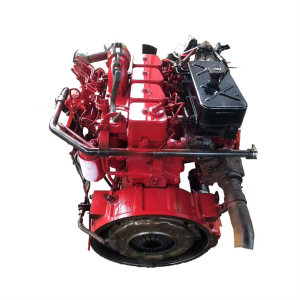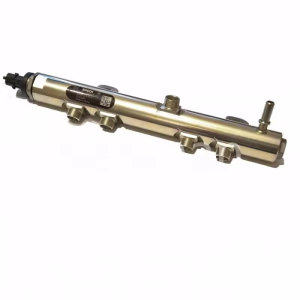Cummins engines are known for their durability and reliability, but like any mechanical system, they require regular maintenance to ensure optimal performance. Key components such as pistons, cylinders, and liners play a crucial role in the engine’s efficiency and longevity. In this article, we will discuss when and how to replace these parts, as well as essential maintenance tips to extend their lifespan.
Signs That Indicate Replacement is Needed
Over time, the pistons, cylinders, and liners in a Cummins engine can wear out due to high pressure, heat, and friction. Here are some common signs that indicate a need for replacement:
Loss of Compression – If your engine is losing power or showing reduced efficiency, it could be due to worn-out pistons or cylinder liners, causing a loss of compression.
Excessive Oil Consumption – Damaged piston rings or cylinder liners can allow oil to enter the combustion chamber, leading to excessive oil consumption and smoke.
Unusual Noises – Knocking or tapping sounds may indicate piston slap or cylinder damage.
Overheating – Cracked or damaged liners can lead to inefficient cooling, causing the engine to overheat.
Visible Wear and Tear – When disassembled, if the pistons or liners show scoring, cracks, or excessive carbon buildup, replacement is necessary.
Steps to Replace Pistons, Cylinders, and Liners
Replacing these components requires precision and proper tools. Here’s a step-by-step guide:
1. Engine Disassembly
Drain the coolant and oil from the engine.
Remove the cylinder head, connecting rods, and pistons carefully.
Detach the cylinder liners using a puller tool.
2. Inspection and Cleaning
Inspect the pistons for wear, cracks, or scoring.
Check the connecting rods and crankshaft for damage.
Clean the cylinder block thoroughly before installing new liners.
3. Installing New Cylinder Liners
Apply lubricant to the liner’s sealing rings.
Press the liner into the cylinder block, ensuring proper alignment.
Use a liner protrusion gauge to check for correct installation height.
4. Installing New Pistons
Install new piston rings and lubricate them before insertion.
Align the piston correctly with the connecting rod.
Carefully lower the piston into the cylinder liner.
5. Reassembly and Testing
Reinstall the cylinder head with a new gasket.
Tighten all bolts to the manufacturer’s specified torque.
Refill the engine with fresh coolant and oil.
Start the engine and check for leaks, unusual noises, or performance issues.
Maintenance Tips for Longevity
To extend the life of your Cummins engine’s pistons, cylinders, and liners, follow these maintenance practices:
Use High-Quality Engine Oil – Proper lubrication reduces wear and tear on these critical components.
Monitor Coolant Levels – Overheating can cause severe damage, so ensure the cooling system is functioning correctly.
Change the Air and Fuel Filters Regularly – Contaminants can cause premature wear, so keeping filters clean is essential.
Avoid Overloading – Running the engine beyond its capacity increases stress on the pistons and cylinders.
Regular Inspections – Periodic checks can help identify wear early and prevent costly repairs.
Conclusion
Proper maintenance and timely replacement of pistons, cylinders, and liners are essential to keeping a Cummins engine running efficiently. By following the guidelines above, you can ensure your engine operates smoothly, with reduced downtime and extended service life. If you’re unsure about performing these replacements yourself, always consult a professional mechanic or Cummins-certified technician.

